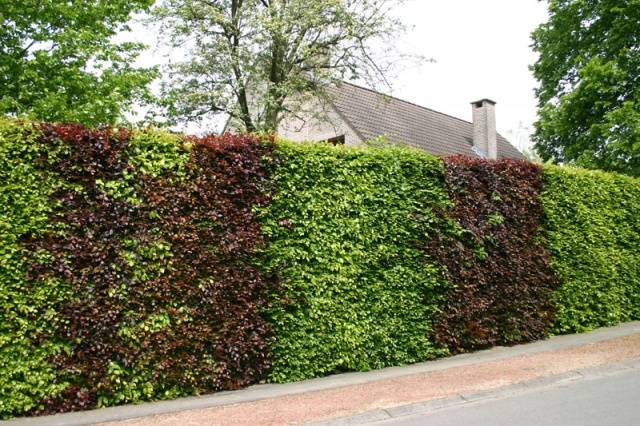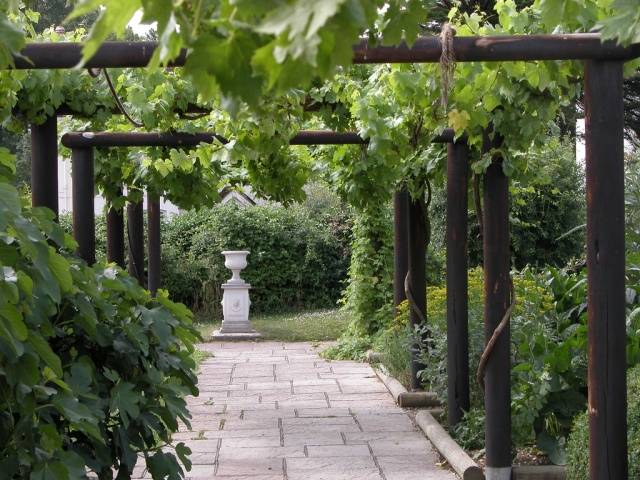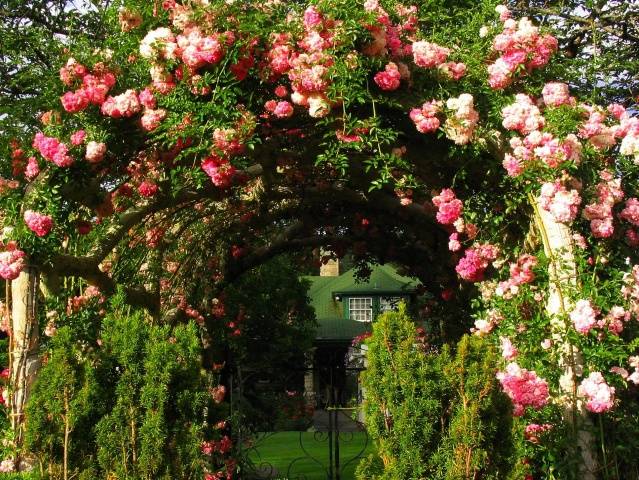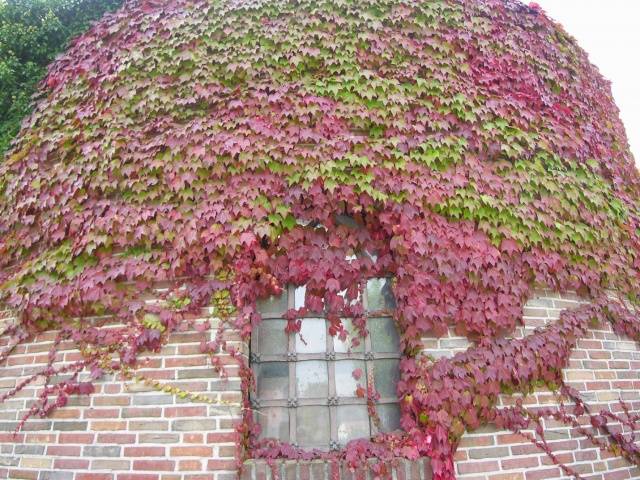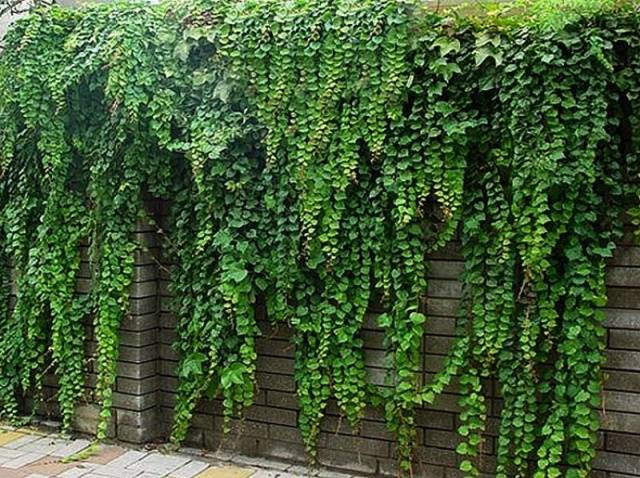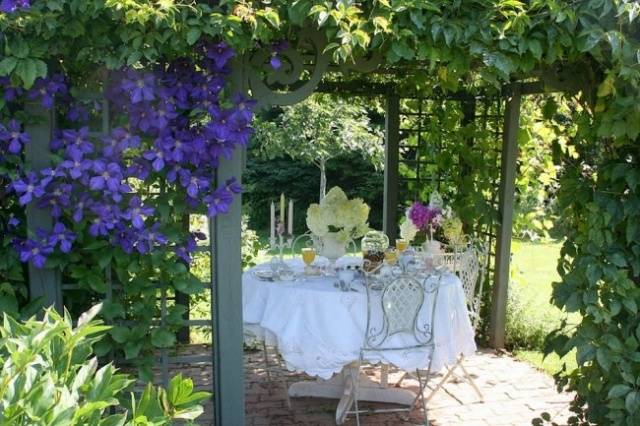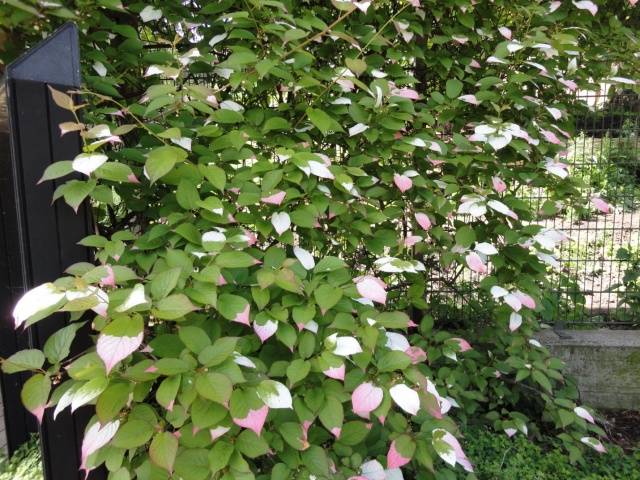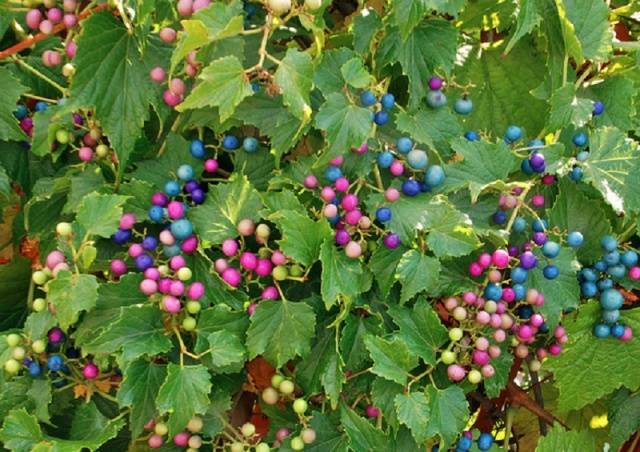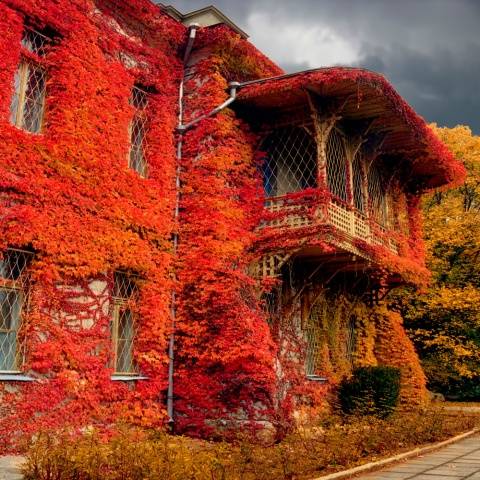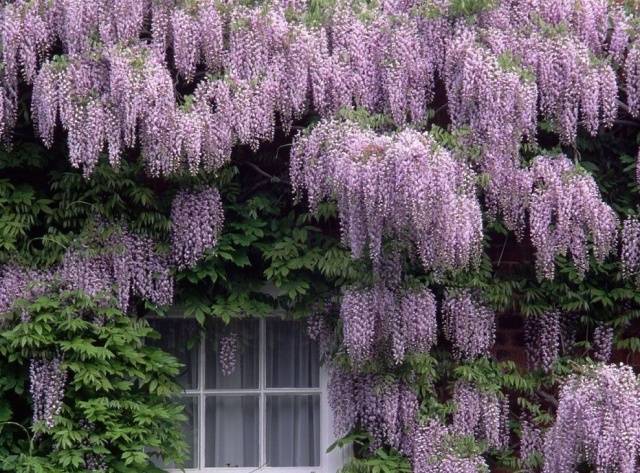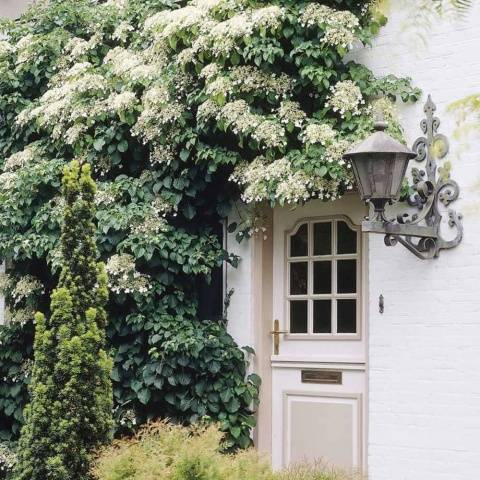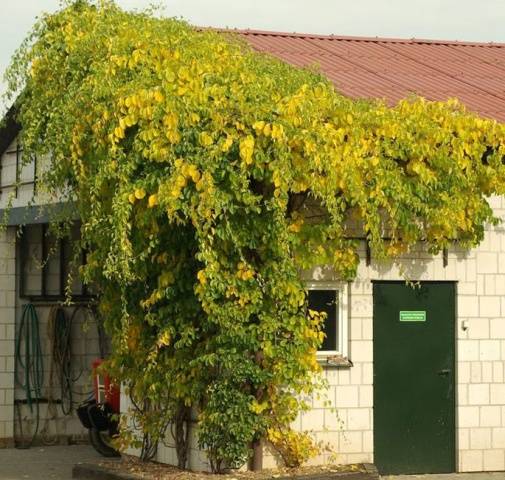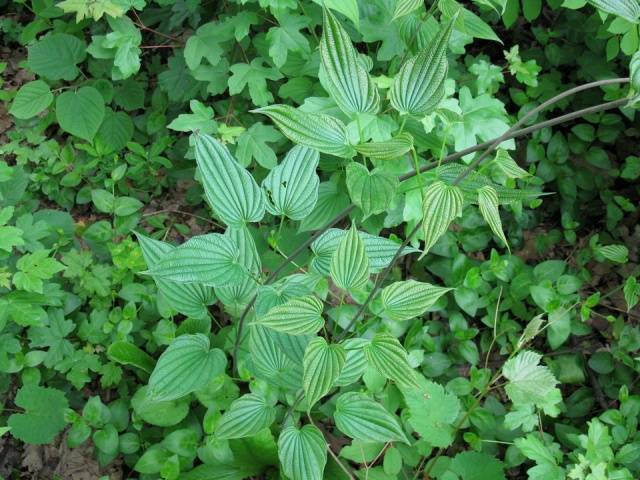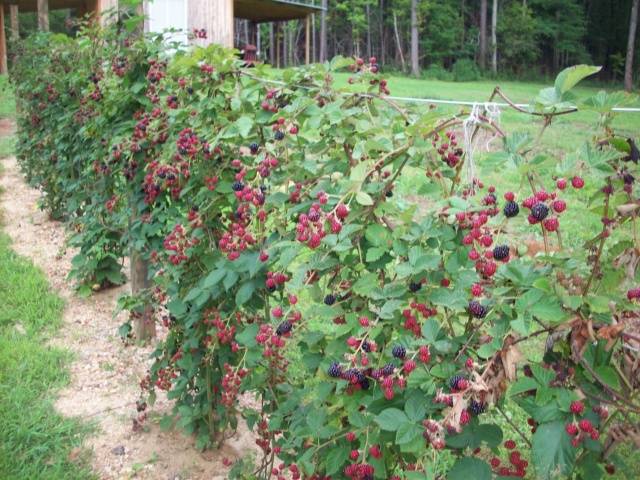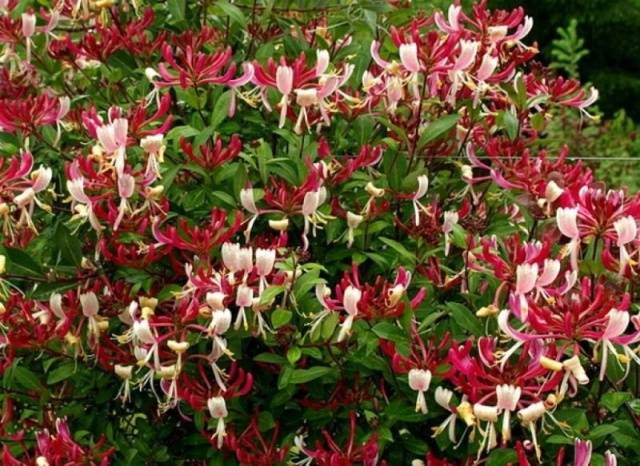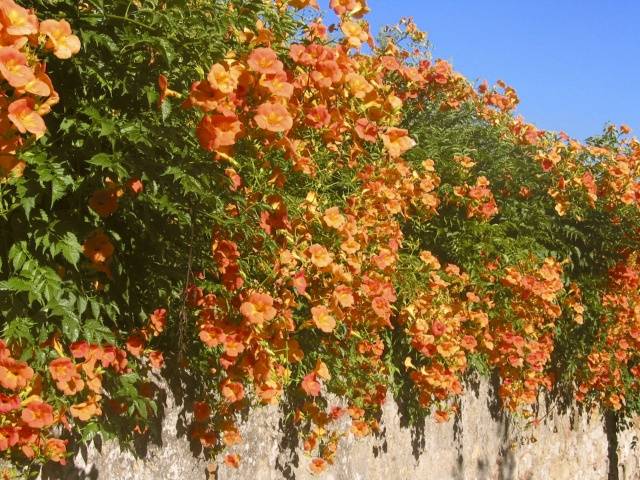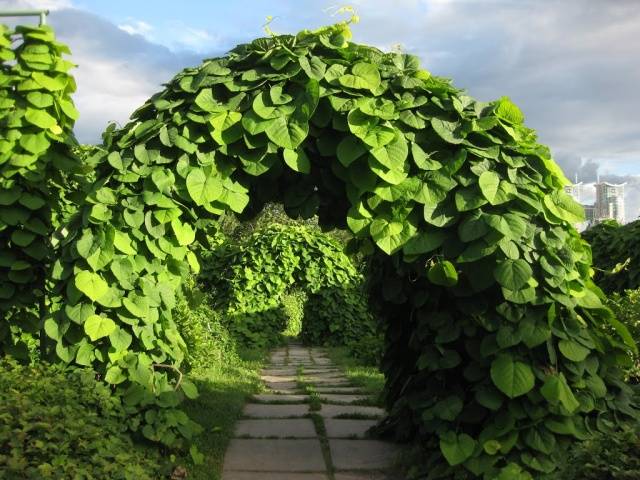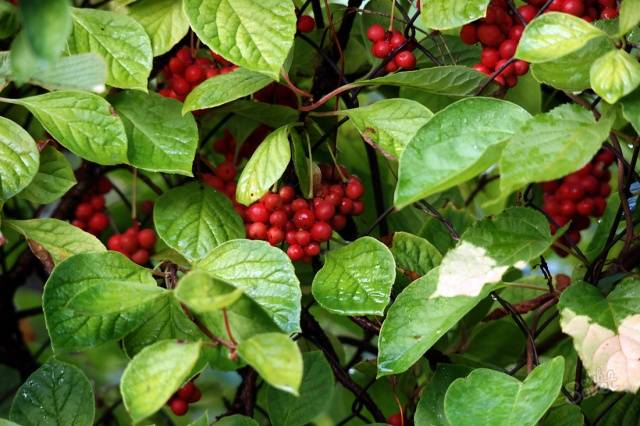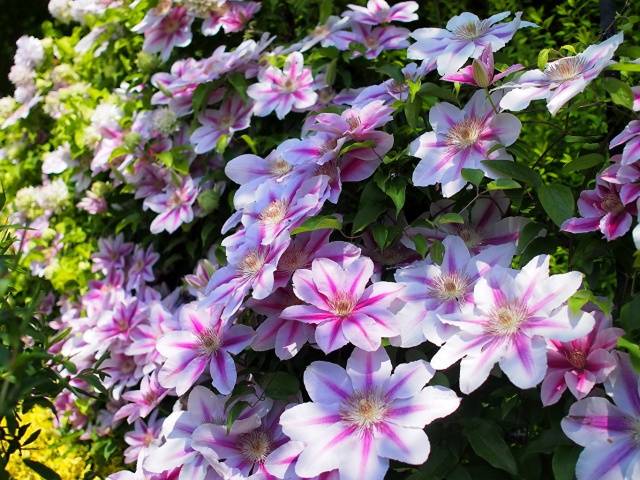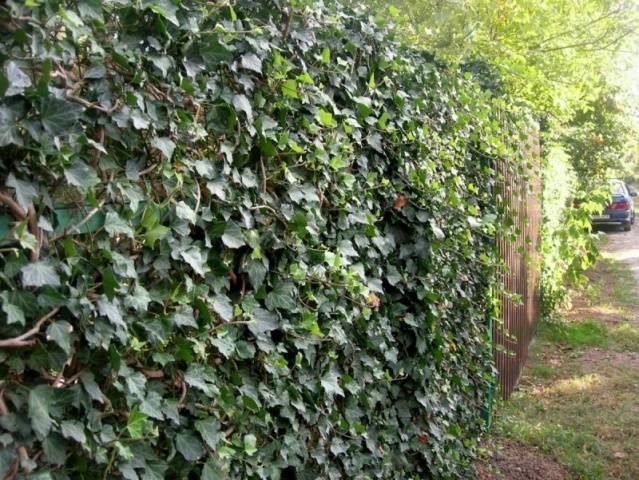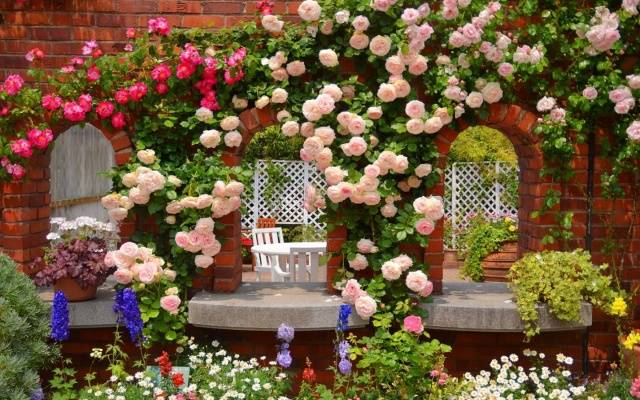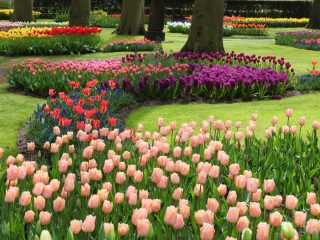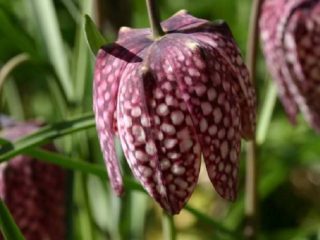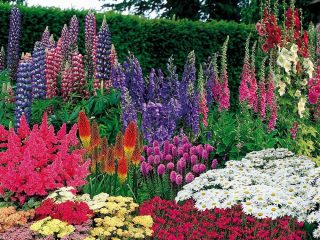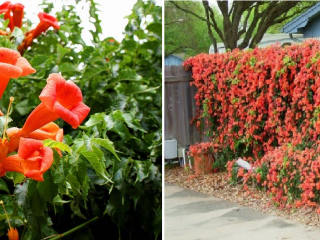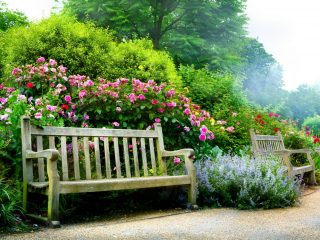Content
The design of any site, even if the most beautiful and expensive plants grow on it, will be unfinished without vertical gardening. Perennial vines are almost always used as material for decorating vertical surfaces. You can build a simple structure yourself and plant climbing plants, or you can, with the help of a highly qualified landscape designer, create an original, attractive composition of climbing vines. Of course, it is better to do this from perennial plants.
Vertical gardening
Before we talk about perennial vines, let's look at their area of application; perhaps this will help someone in creating a unique, favorite corner of the garden or will serve as an impetus for the emergence of their own ideas. So, with the help of climbing perennials we can create:
- Hedge;
- Pergola or trellis;
- Blooming arch;
Or make it green:
- House facade;
- Hedge or fence;
- The walls of the gazebo.
Classification of perennial loaches
Perennial vines are usually divided into groups according to the method of attaching them to supports:
- Climbing.
- Clinging with hooks.
- Climbs with antennae.
- Clinging with suction cups.
- Curly.
- Climbing.
Plants can also be:
- Photophilous;
- Shade-loving;
- They prefer the root system to be shaded, and the stems themselves to be in the light.
Types of perennial loaches with photos
Now let's take a closer look at climbing loaches, find out their brief characteristics and features, and look at the photo. Perhaps this is where you will find the plants your site needs.
Actinidia
A beautiful and useful plant. The most winter-hardy species:
- Actinidia Kolomikta;
- Actinidia Arguta;
- Actinidia Colosa;
- Actinidia Polygam.
The plant prefers soils ranging from slightly acidic to slightly alkaline. The landing site should be well lit most of the day. Needs abundant watering. In order for a plant not only to decorate the site, but also to produce a harvest, female and male plants are needed. Actinidia is especially good at decorating gazebos, pergolas, and trellises. Requires support.
Ampelopsis
Ampelopsis or vineyard is a perennial loach that is undeservedly rarely used in landscaping areas. It is very decorative - beautiful, medium-sized carved leaves and berries, which can have different colors on one plant. The climbing tendrils of the plant need support. Kinds:
- Japanese;
- Variegated;
- Aconitofolia is the most decorative;
- Ussuri.
It will grow best in partial shade or in a place where the sun shines only part of the day. Needs good watering and shelter for the winter. The plant is suitable for decorating arches, fences, fences.
Vinohrady
Cultivated edible grapes can be used for landscaping fences, if they have enough sun to ripen the fruits, for hedges and pergolas. Naturally, they need good support. It is better not to decorate the walls of the house and gazebo with grapes, as the sweet berries attract bees and wasps.
The following types of grapes - decorative vines - are very decorative:
- Maiden grapes - it is good to use if you need to quickly braid, for example, a parking lot;
- Vicha grapes;
- Henry grapes are very decorative, leaves with white veins;
- Himalayan grapes;
- Thompson grapes.
It is, of course, the most decorative from early spring until persistent frosts, but in our conditions its root does not overwinter. Experienced specialists graft the Vicha grape vine onto the Engelmann (maiden) grape root. You can buy either Vicha's own root grapes or an unsuccessful graft, they will die in winter.
The use of grapes is universal - these perennial vines are unpretentious and look beautiful throughout the year.
Wisteria
One of the most beautifully flowering perennial vines, it is a powerful vine. Can be grown:
- Wisteria Floribunda – remontant (repeated flowering);
- Chinese wisteria.
Wisteria needs a sunny, wind-protected place and regular watering. Prefers slightly acidic or neutral soils. Be sure to take care of the support. This liana is thermophilic, but will overwinter in the middle zone if it is properly covered.
Hydrangea
Yes, there is a hydrangea that grows like a perennial loach - this is Chereshkovaya hydrangea. She loves acidic soils, frequent watering, short daylight hours. The plant is remarkable in that it is quite wind-resistant and can be used for zoning even windy areas.
Woodplier
The most decorative types of this perennial loach are:
- Round-leaved tree pliers;
- Wood Plier Climbing;
- Wood Plier Curly.
Dioscorea
In our conditions, only Dioscorea Caucasica can grow from this numerous species of perennial loaches. Without shelter it grows only in the southern regions; as it moves north it needs more and more serious shelter. Most often, the above-ground part freezes out, but new lashes quickly grow in an adult plant. Requires a sunny place, moderate watering. This vine is very beautiful in decorating external stairs.
Blackberry
It is best to decorate the perimeter of the site with blackberries. Its root should be shaded or well mulched, and its thorny shoots need plenty of sun. Good:
- Blackberry Gray;
- Blackberry Bush;
- Blackberry Dissectifolia.
honeysuckle
Many species of this ornamental plant are ornamental vines:
- Honeysuckle Honeysuckle;
- Brown's Honeysuckle;
- Honeysuckle Curly;
- Honeysuckle Offspring;
- Honeysuckle Gray;
- Honeysuckle Rough;
- Honeysuckle Tuscany;
- Honeysuckle Permanently flowering;
- Thälmann's honeysuckle;
- Gecrotte's honeysuckle;
- Honeysuckle Evergreen;
- Japanese honeysuckle.
The last two types are the most capricious and can freeze slightly.Honeysuckle does not like clay soils or loams; it prefers soil rich in humus and abundant watering.
Kampsis
Campsis or tecoma is a very stable, unpretentious perennial loach. Of course, it is beautiful, but it is more suitable for outdoor landscaping, as it is an aggressor.
Kirkazon
Kirkazon or aristolochia is a perennial loach, one of the best for landscaping large horizontal surfaces. Kinds:
- Kirkazon macrofolia;
- Kirkazon Manchurian;
- Kirkazon Common;
- Kirkazon the Graceful.
A surprisingly unpretentious ornamental plant. Tolerates high air pollution, winter- and drought-resistant. All species, except Kirkazon the Graceful, tolerate well shadow and partial shade. The only thing they can't stand is drafts. And not because they might die, but because the wind tears the huge leaves of the plant.
Schisandra
Schisandra is a highly decorative, medicinal perennial loach. He likes the earthen ball to be protected from the sun, and the branches to be well lit. Needs abundant watering.
Clematis
Clematis or Clematis are one of the most decorative flowering perennial vines. There are many types of clematis, even more varieties and hybrids. This is truly a favorite plant of breeders and landscape designers. In vertical gardening it is used everywhere. Requires thin support. We will not list the types and varieties here - there are too many of them.
Ivy
There are two species that will winter best:
- Heder's ivy;
- Ivy.
Roses
Climbing roses can hardly be called a perennial climber. But no story about climbing plants would be complete without mentioning them. The support for the roses must be strong and its branches must be attached manually. But the effort is worth it if there is a pink arch, pergola or trellis on the site.
Fallopia
Fallopia or buckwheat is exactly that flowering perennial loach that will quickly cover a large area.
General tips for growing perennial vines
- Choose your plant carefully in relation to the planting site (light-shade).
- Most perennial loaches prefer to grow in fertile, slightly acidic soil in a sunny, wind-protected location.
- You should not plant the plant close to a fence or wall - the soil there is always dry. It is necessary to retreat at least 50 cm.
- The supports are placed before planting the plant. They must be strong enough to withstand the weight of the plant in strong winds or snowfall.
- The plant will be beautiful only if a perennial loach is formed from the first day of planting.
- To maintain a decorative appearance and prolong flowering, you need to trim off faded inflorescences and damaged and diseased growth in a timely manner.
We have not described all the perennial vines. How and where to use them depends only on your imagination and the capabilities of your site.
